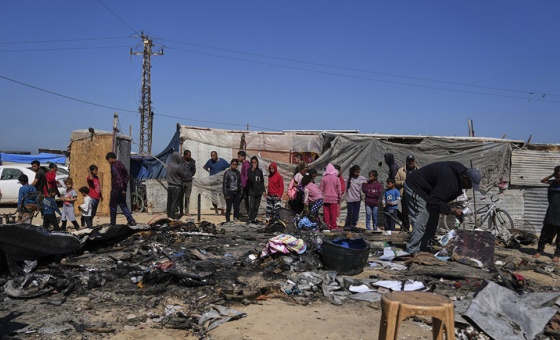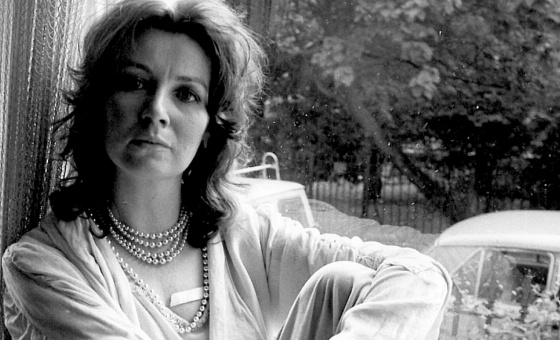This is the last article you can read this month
You can read more article this month
You can read more articles this month
Sorry your limit is up for this month
Reset on:
Please help support the Morning Star by subscribing here
For thousands of years it was understood to be the responsibility of poetry to tell stories - public and private, real and imagined. From The Iliad to The Wasteland poets sought to impose a compelling narrative shape on events.
Today, poetry is arguably the least effective way of telling a story. Cinema is better at action, theatre is better at dialogue and novels are better at psychology and plot.
In a world of so many noisy competing narratives, how can poets still tell stories? Or rather, what kind of stories should a poet try to tell? Jokes that pack a punch-line? Fables that pack a punch? Bukowski-like anecdotes? Wild and entertaining inventions?
Two new collections demonstrate the virtues of economy and understatement, of saying more by saying less. Telling sometimes really is more effective than showing.
Richard Skinner is a prize-winning novelist and director of the Faber academy's fiction programme. Not surprisingly, his first book of poems The Light User Scheme (Smokestack Books, £7.95) draws heavily on the techniques of fiction and film.
"Serge drove his cart every morning delivering milk. He talked
to his customers about astronomy and the weather.
One fine morning, his legs scissored and he collapsed -
a window in the street cracked and the sun went in.
His daughter, Cecile, stayed by his bed for three days.
On the fourth, a doctor showed her the X-rays. He pointed,
but she couldn't tell if the grey area was a tumour, a rainstorm
or a galaxy."
Each poem in the book is like a snapshot, a tight, economical burst of narrative, a large tale told as an oblique anecdote in just seven beautifully measured short lines.
"She spent years trying to be like her father. She admired his bulk,
the tautness of his mind, she didn't see the worry.
When she was twenty, she married a man like her father.
Years later, she realised he wasn't.
She divorced and moved in with her father. Only then
did she see how different they were.
Only then, did they like each other."
Jennifer Copley began writing her new collection Sisters (Smokestack Books, £7.95) when she came across an old photograph of two girls standing with their back to the camera. At first she was intrigued, then horrified to discover that the two girls were dead, propped up in a grisly Victorian photographic memorial to look like they were enjoying a day at the seaside.
The first half of the book imagines the lives of these two unknown girls, "unfolding our secret lives like a map," Snow White and Rose Red, sisters "at the forest edge" of a fairy-tale.
"It's their favourite story
though they argue over who should get the prince.
Sometimes they see the bearskin hearth-rug
twitch as if it wants something back.
Out of the dwarf 's bad-tempered beard
they are knitting socks for their father
full of hidden brambles and burrs."
The second half of the book becomes a study in family stories and family secrets, about sisters, daughters, mothers and grandmothers.
"When we were growing up, our grandmother said:
Precious ones, I have flattened the stairs so you may not fall;
hidden away the knives for fear you cut yourselves.
Here is your meat. I have minced it free from bones.
Thank you, precious grandmother, we replied,
pushing her into the cellar and locking it on her screams.
We were young with the big fat key of life in our mouths
and oh! how heartily sick we were
of being patted on the back every time we coughed."





